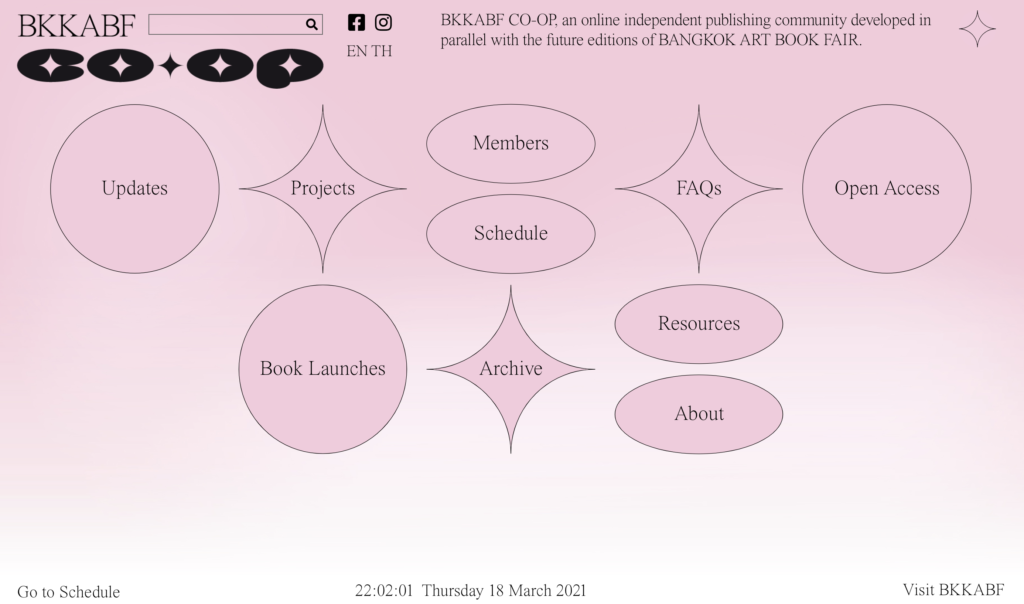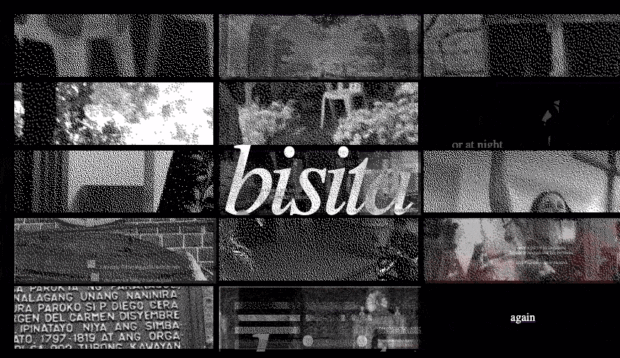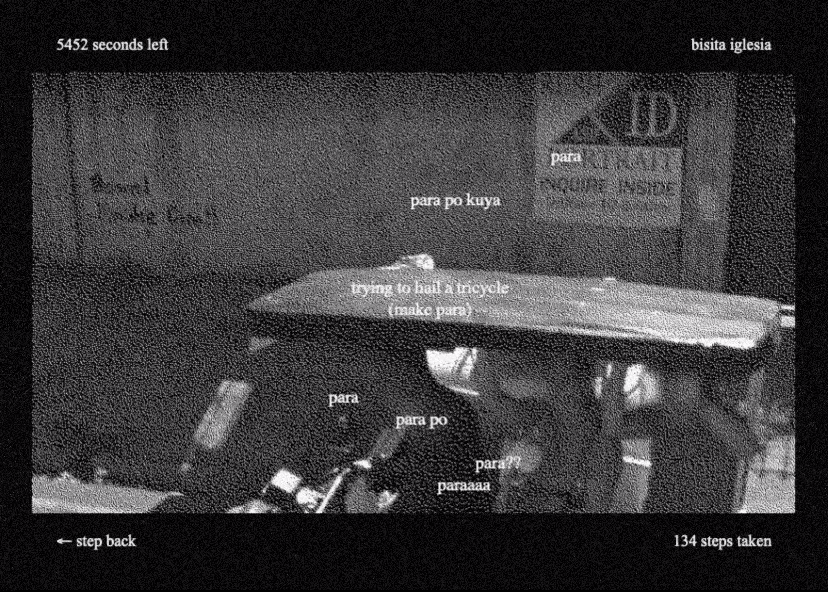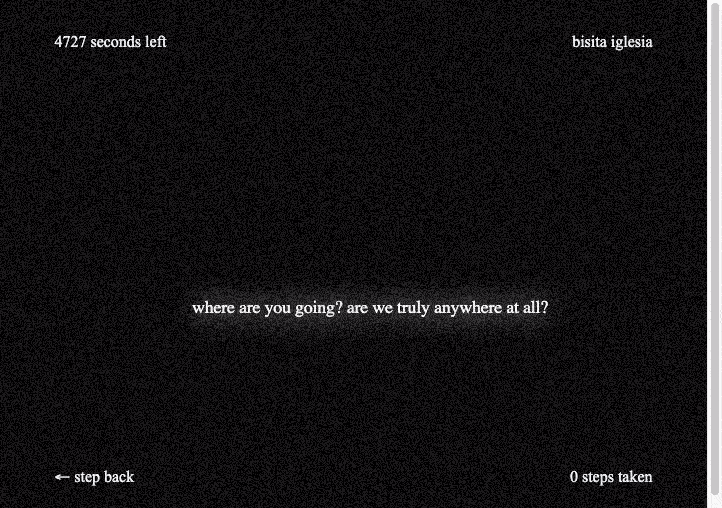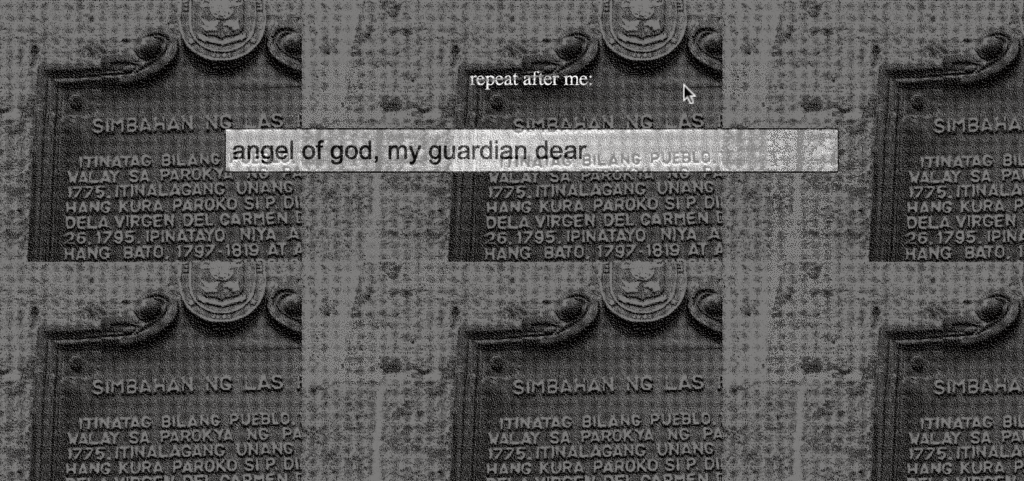At three, the process of deification
then came known to me.
Jade, like the ancient devices, are foreign objects
to all men. With an abdomen pressed, exposed
next to the king who had braced the mountains,
my marrow spills to a world far untouched––
the reign of the gods far from gone. Then,
a Director rushed into Qingce. Elders say
the waterwheel and eastern winds
cross one another ceaselessly. On the cliffside––
the beast touches springwater. A soldier laid rest
is left roses. Like everything in this land, it too,
is a secret. No one heard a sound when a
denmother gave her body to the seas.
And Qingce dew exhausts the air, pleasure-barges
tread past. Her shoes pressed clean like deer hoof
on the long-forgotten streambed.
Foreign object touched by the hoarfrost
of the night presses red on my grandfather’s
bare face. I will later know all the secrets
of this world.
*
When you taught me the requiem, I could
barely count to six. The sound of kindling,
or of ember, for something so intangible
came from rock and promise. I learned
blood is blood. Man begs to live and is
seldom granted this. A foreign god courts
the folds where I was born. Mother performed
no rituals to remove the chancre, for this family
only knows how
to blossom.
Before a womb there must have been
a creator. I think we fear this man?
If for every creator,
an end must come–
then for every man,
life shall be undone.
Carcasses smell like plum, like Exuvia, like
lurid god, like contagious plague, like cataclysm
come, like the beginnings of the earthen springs,
like the ones that gave me bones.
A braided man took your hand before
the obsequy and asked you to enunciate
the scarlet flame. He drew the wolfsmoke,
drunk, and said the descension was a false thing.
For the first time in decades, we excised
a life under dominion and put forth the army
in the marshlands. Pale men acceded the treatise,
the ancient device spared from laurel,
and the prayers of springtime…
all what we memorized in the hours of her death.
I learn to compose an elegy. I learn to embalm
a newly-departed body. One human body against
weightless, unconscionable divine makes me want
to take, take, and take again.
*
Divinity is practice. I know this. A sickness
of the earth fuels the conflagration. As I live,
I see many more who will die. As man prospers, lights
cede one by one. Self-sacrifice is extinguishment.
The swallowtail clicks to signal
that it is running.
Every believer must ask
why men are still dying.
The universe allowed for stone unto stone,
bricklayer on cement, civilization to dream, a body
on a body. Of course it comes and goes.
Under a bridge, two children in brown and gold come
close to taking their own life. The older must be no more
than nine. This song was for them.
The females use their bare feet
to spill oil and trace a resting place.
Courtesan teller says this is the apotheosis.
In one moment’s time each emanation of god
will come touch me, and I shall know
the noumenon. I am the heir legitimate,
sent forth to die. I declare the spring
my own. Light comes before light, a ladder
before a flame, tectonics–presumably–before
the war curdled.
The body tenses, expulsing its blood and histories
where a millelith pulls strains of brackish riverwater.
When I am executed, tell humanity
I loved them. In four minutes, the principle
is death by starvation, truer
than omnipotence promised me. My memory
is no more than myth. I, the exorcist
of all flames.
A world ends and is reborn
in penrose steps. Internecine such
that men exist to come as ash. (And what
is living without preservation?)
God leaves behind karmic decay. Man leaves
behind man incarnate.
Which is all to say that I hold
no responsibility. If I were starving,
the men and women do too,
leaving carapaces for merchants to pluck.
(So much that the vessel of the dead god
is stretched out on an empty reserve of gold…)
I drink the waste of heaven, come vivir
or tyranny. I remember a putrid stench
left astute when fire came before
fire. Mother opened her mouth for justice,
and I open mine for a prayer.
I know each swain. I know dying too, is an artifice.
I know a god who lived for centuries.
